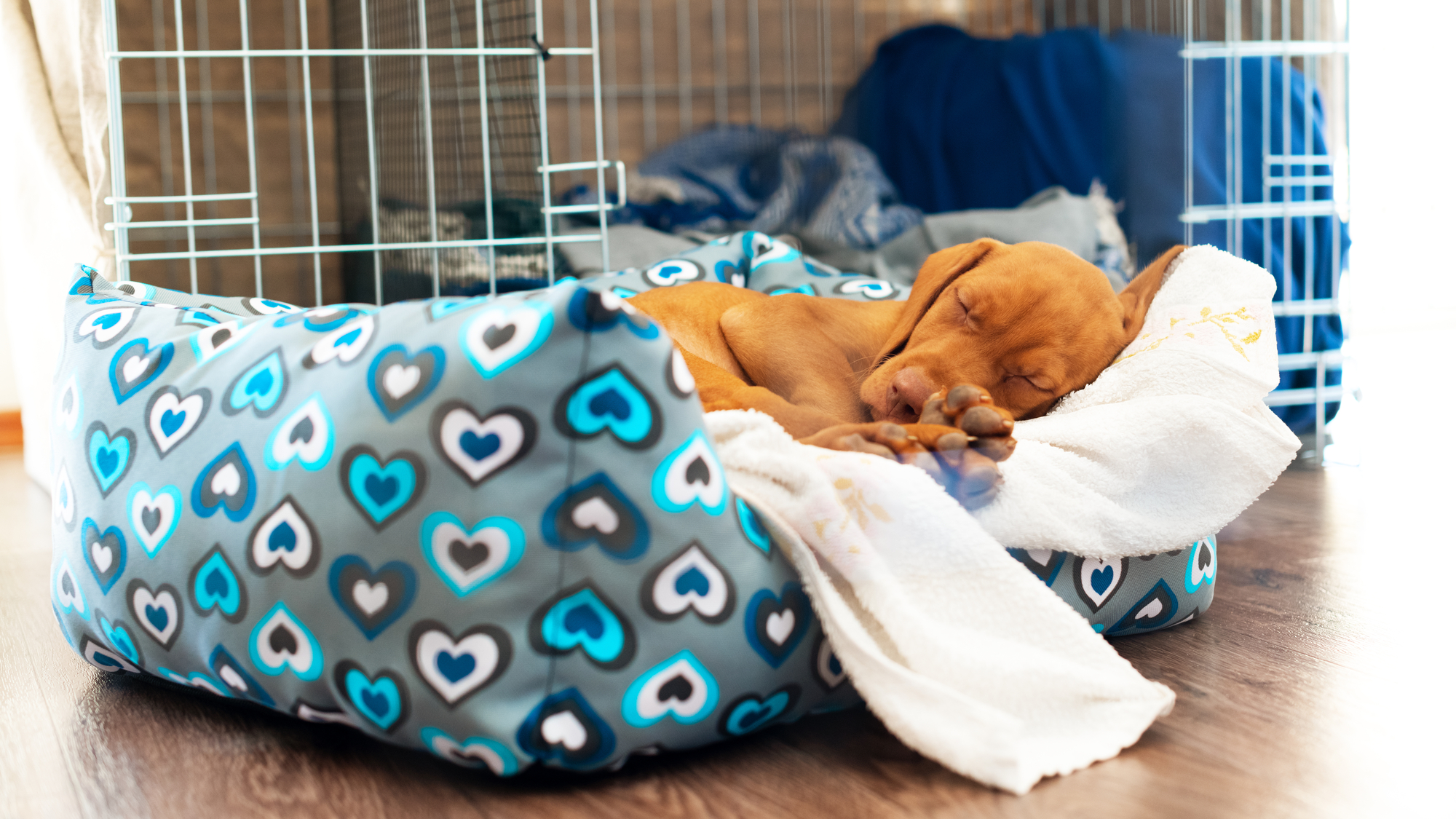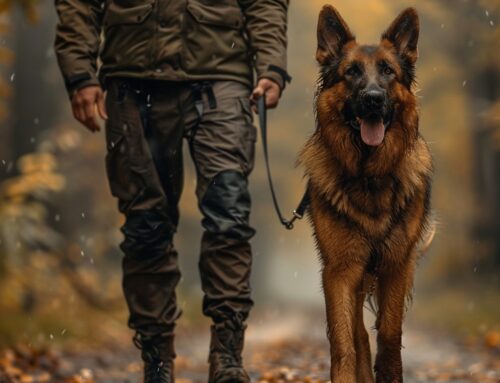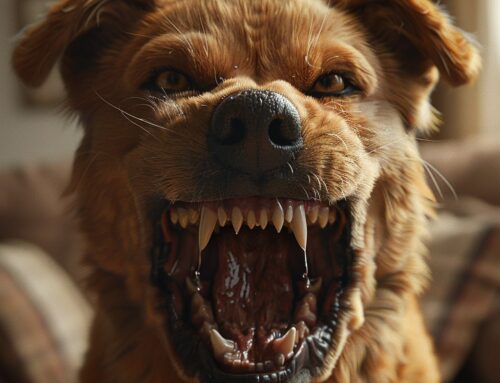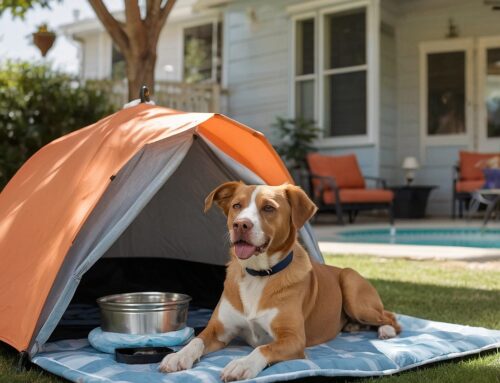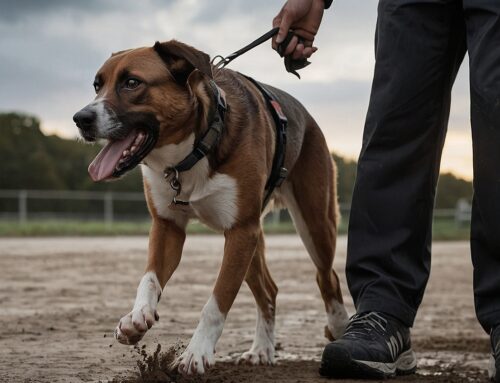Crate training is a phrase you keep hearing again and again. Still, many aren’t sure what it means or if it’s a good thing. When some hear the words, they think it’s a place where a dog will be kept isolated and confined but attach that to a negative thought process. However, the crate is an excellent tool for many reasons. The crate serves as a cozy den for your dog where only good things happen. And for you, the chore of potty training is greatly simplified, leading to a positive and happy relationship between you and your dog.
The Concept Of Crate Training
The idea behind crate training is that the puppy will be reluctant to soil in his crate since it’s his tiny home. Young puppies need to go to the bathroom often, so the goal is for you to take them out every few hours ( or 10 to 15 minutes after eating or drinking), lengthening the amount of time between potty breaks as they get older. The good news is that most puppies and dogs learn the idea quickly.
Picking The Right Dog Crate
It’s essential to get the right size and type of crate for your dog.
There are three basic crate types:
- Plastic: These are the types used to transport pets on airplanes, vehicles, and sturdy for dogs learning how to be crate trained in the home
- Fabric: These are on a collapsible frame but can be easily destroyed with strong-driven dogs that are chewers
- Wire Crates: While these are used for crate training they can easily bend, so it’s important not to have high-drive dogs in this crate
Size is important because a crate that is too small will not allow your dog to move at all, and one that is too big will allow him to move around too much, and going potty in the crate will be a temptation. The perfect size crate for your dog is one where he can easily stand up and turn around without having additional room to roam.
When you get a crate for your young puppy, you will probably need to purchase bigger ones as he grows older. However, some crates come with a divider that automatically gives you the ability to enlarge it as he grows. You can purchase a crate online or in a local pet store, and be sure to look at those reviews.
Getting Started
You have your puppy, you have a crate, now what? It’s time to introduce the crate to your puppy. Here are the initial steps:
- Put the crate in an area where your family typically spends a lot of time but in a quiet place during the evening time.
- Place a soft dog bed on the bottom for bedding (be careful not to place materials that he can tear and ingest).
- Open the crate door and bring the puppy close to the opening, being sure to talk in a happy tone.
- Drop some high-value treats, first outside and leading to the opening, and then inside the crate. Some puppies may be scared at first, which is normal. Just don’t physically put your dog in the crate, or you’ll start on the wrong foot if there is pressure.
- Keep repeating this process, or for however long it takes, which will ensure the puppy is very happy with his crate.
Tie Back the Door
Assuming your puppy is somewhat familiar with his cozy den, tie open the crate door, so he is free to go in or come out when you are in the room with him. Drop some treats inside for him to discover. Praise him when he goes inside.
Note: Be sure your puppy has done their entire potty business before giving them this type of freedom to avoid accidents.
Next Steps: Once you have succeeded in getting your puppy familiar with the crate, and encouraging entry with treats and praise, go ahead and close the door. Open the door once again and repeat the exercise. Also, a higher level of encouragement is feeding their meals in the crate.
Add a Chew Toy
A nice, hard chew toy will keep him busy while he’s getting used to his crate. Be careful what you give him. Make sure the toy is hard enough so he can’t chew it into small pieces he can ingest or choke on. Do ask your vet what toys they recommend.
Introduce a Kong
The Kong is a hard rubber toy of various sizes that you can stuff with all kinds of treats. Dogs and puppies love to get the food treats out, and it keeps them busily focused on something besides being anxious about the crate.
Leaving the Puppy Alone
You want to work up gradually by using some of the steps above. However, the first time you leave him alone in the room, leave him with a high-value treat (like their meal) and don’t go too far. Come back into the room after 10 to 15 minutes and let him out. Also, at this stage, when you put him in the crate, use the spoken word “crate” as a cue which you will continue to use in the future. Keep increasing the amount of time you leave your puppy alone in the room.
By the time you’ve gone through this exercise, you will be ready to leave your puppy while you go out. Don’t make your departure a big, emotional thing. Just say crate, give him a treat, and leave. Don’t leave your dog in the crate for long periods. The most a larger puppy can handle is 3 to 4 hours, and larger dogs will need to be let out to do their business at least once during a regular work day. Again, make sure they do their full potty business before putting a dog in their crate. And don’t assume if you let your pup out, they have gone potty — you must personally see it.
Some Additional and Important Points
- All dog owners get impatient with their fur babies now and again, but what you NEVER want to do is use the crate as punishment. Similarly, avoid leaving him in the crate for long periods.
- Always remove your puppy or dog’s collar to prevent it from getting caught and then choking your pup.
- Avoid putting stuffed or other toys that your dog can easily tear apart and potentially choke on or ingest its contents.
When There Are Issues
Despite your careful work in crate training your puppy, you may run into a few issues along the way, such as the following:
Whining or Crying
It’s tough to tell whether your puppy is crying because you’ve left him alone or because he has to go potty. If he has not whined or barked as a plea to go out during your training up to this point, then try to ignore the crying. Be sure not to punish him for whining or crying. If, however, the whining continues, be serious and take him out. If he doesn’t go, continue to ignore the crying. This might mean you’ll need to double back to some of the initial training steps. White noise or soft music is helpful in the process.
Separation Anxiety
Some dogs suffer from severe separation anxiety where they become destructive as their way of dealing with their panic. Don’t use a crate as a way to deal with this issue. Some dogs have been known to destroy a crate and hurt themselves in the process.
Getting Help
Whether you need help crate and potty training your dog, or if your puppy has a behavioral issue you’re having trouble dealing with, consider calling in the experts for help.
David Greene of Performance K9 Training is a true expert and top-notch dog trainer who has represented the USA on four world teams with his dogs. His first step in working with clients is to first meet with you and your dog, which gives him insight into your issues and needs. His next step is to design a program specifically for your dog, or puppy, such as the Yappy Puppy Program.
The “board and train” program allows your pet to be in a focused environment with experts educated in all aspects of dog care and training. Your dog will reside at the facility during the training, and as the pet parent, you will receive a progress report every few days. Finally, you and your dog are eligible for ten additional lessons after completing the program.
It’s all about the perfect training to find harmony in the home with your new best four-legged friend.



